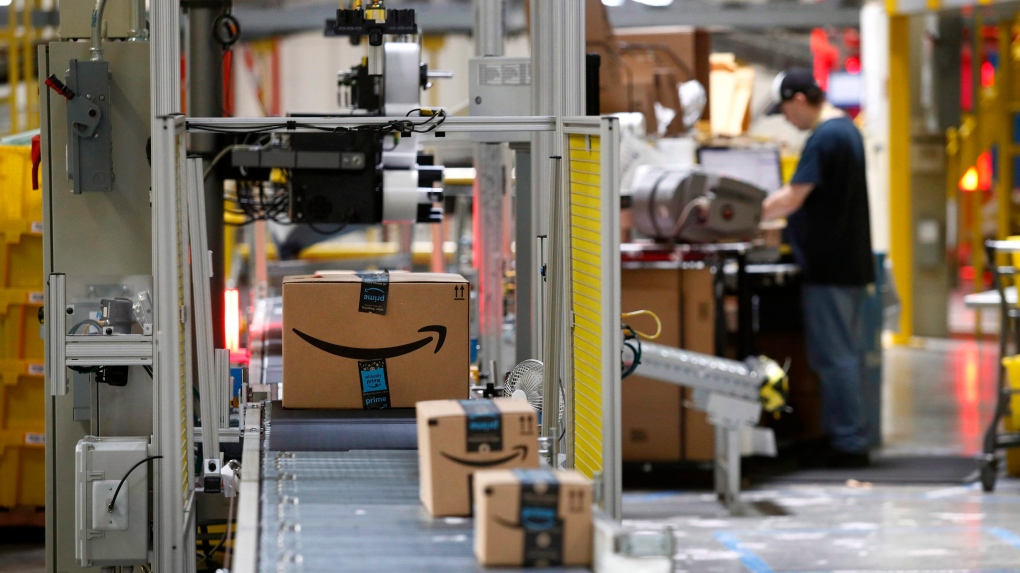Consumer behaviour, a looming recession and the reactions of retailers to pandemic-driven supply chain issues are combining to drive a liquidation renaissance, according to one business advisor and retail futurist.
Businesses like the defunct Canadian chain Liquidation World have liquidated consumer merchandise in North America for decades, usually moving stock left over from bankrupt retailers.
However, Doug Stephens says a new post-pandemic retail landscape might see liquidators serve a new purpose: moving online shopping returns and retail overstock created in the wake of pandemic-created supply chain issues.
“What we’ve seen through the pandemic is that there’s been a real revolution in the way consumers are shopping,” Stephens told CTVNews.ca. “People are shopping online now a lot more than they were pre-pandemic…and there’s a higher return rate of goods when they’re purchased online.”
Stephens said the rate of return for apparel purchased online can be as high as 33 per cent. Further, an analysis jointly published by the National Retail Federation and Appriss Retail – a software and analytics firm – found that in 2021, shoppers returned an average of 16.6 per cent of their purchases. That number was up from 10.6 per cent in 2020 and more than double the rate in 2019.
Stephens said large online retailers with liberal return policies like Amazon and Wayfair have shifted the watermark for return policies across the retail landscape, feeding the trend of consumers buying items online, only to send them back. In some cases, as with Amazon, Stephens said retailers route those returns directly to third-party liquidators.
“So what we find is that retailers like Amazon, Wayfair and others are not even accepting these goods back. They don’t want them back,” he said. “They’re just selling them off to liquidators and it’s creating almost a subclass or subcategory of retail in the market now that liquidators are basically becoming an everyday force in the marketplace to clear out these returns.”
Stephens said online shopping returns only make up part of the excess inventory retailers are trying to move. A significant lag between demand for consumer goods during the pandemic and the supply of those goods has also contributed to retail overstock.
Retailers caught without inventory amid the supply chain issues of 2020 and 2021 are finally catching up to demand for household goods and electronics, he said, just in time for economic growth to slow in Canada and the U.S., leading consumers to curb spending.
In July, Walmart released a fiscal update warning its operating profits would drop sharply as it cut prices to move inventory due to an oversupply of general merchandise. This discord between supply and demand has created a new liquidation market Stephens expects will linger for a while.
“Once [retailers] were able to catch up to demand and place large orders and receive large orders, we’re now starting to hear reverberations of a pending recession,” Stephens said.
“So now you have retailers sitting on mountains of inventory that they’ve now got to clear out.”
RELATED IMAGES

In this Aug. 3, 2017 file photo, packages pass through a scanner at an Amazon fulfillment centre in Baltimore. Large online retailers with liberal return policies, like Amazon and Wayfair, have shifted the watermark for return policies across the retail landscape. (Photo/Patrick Semansky, File)